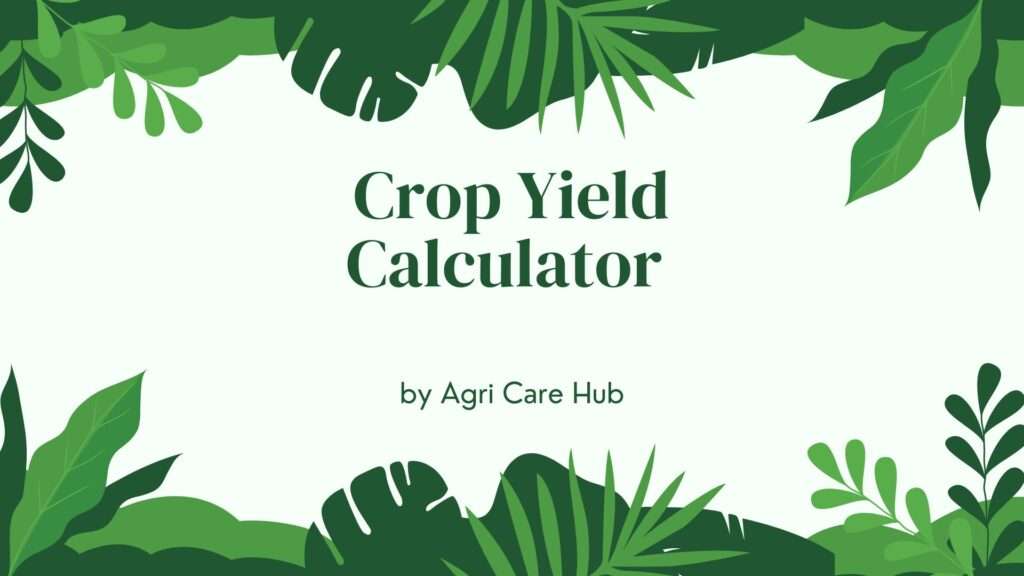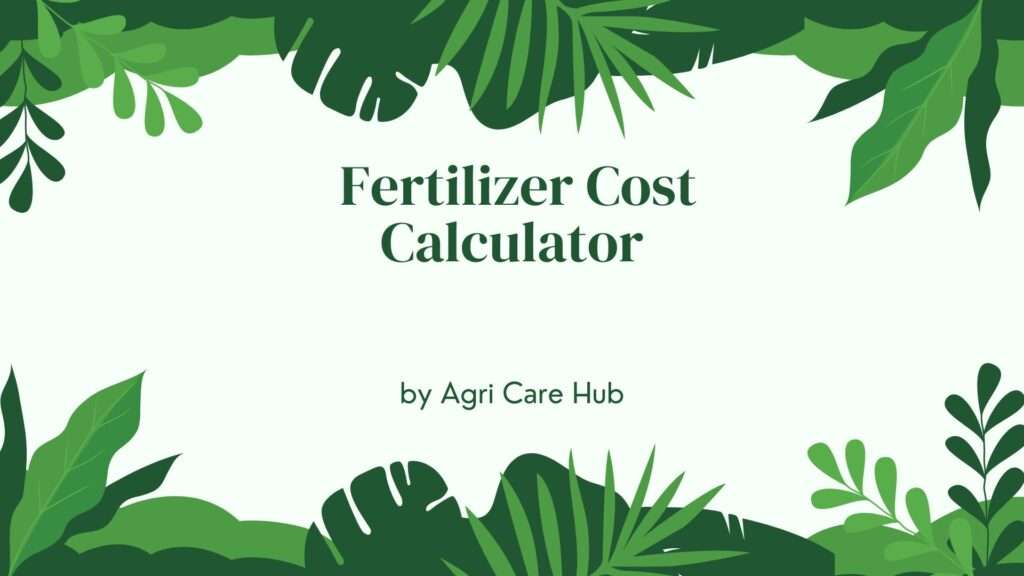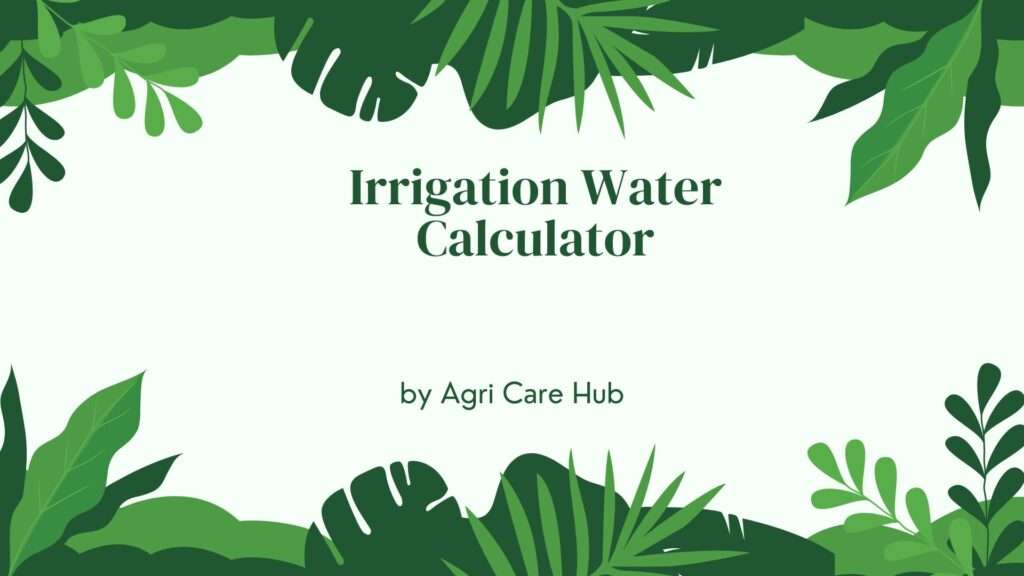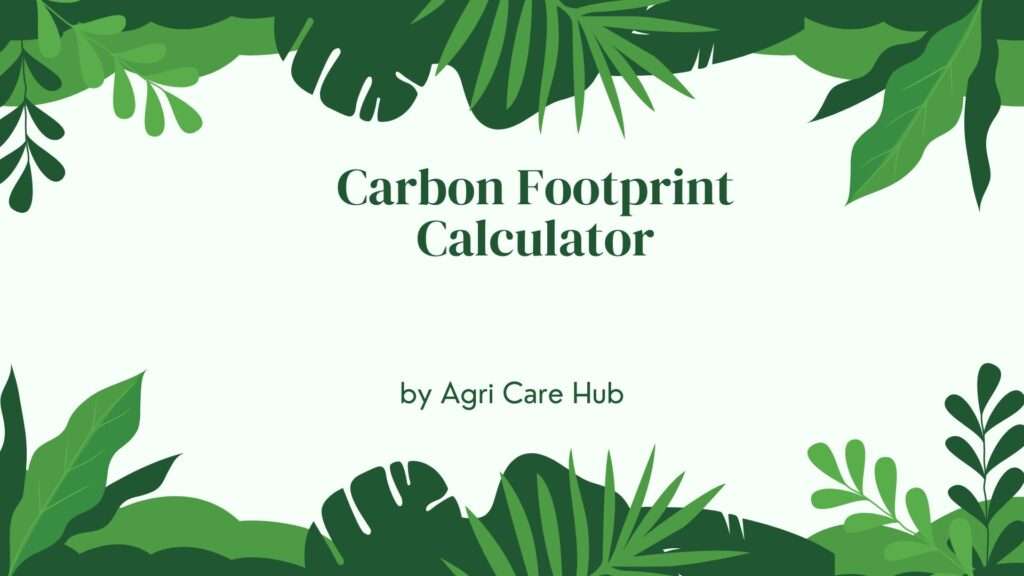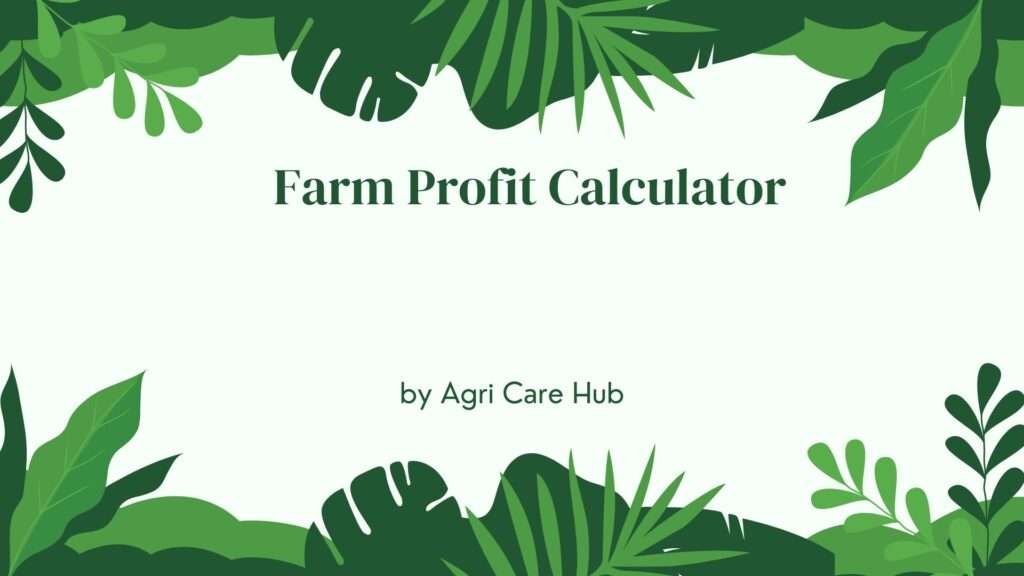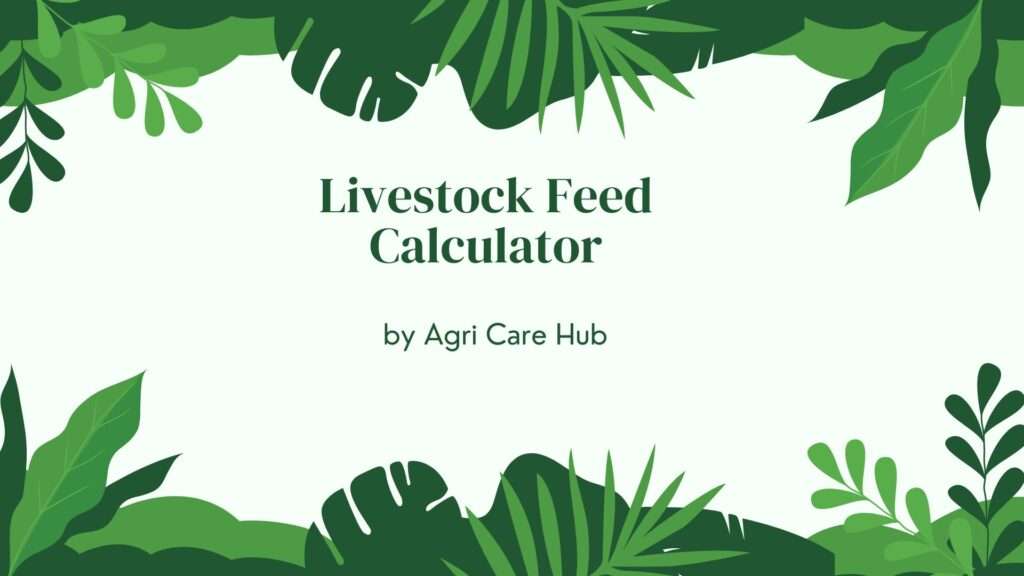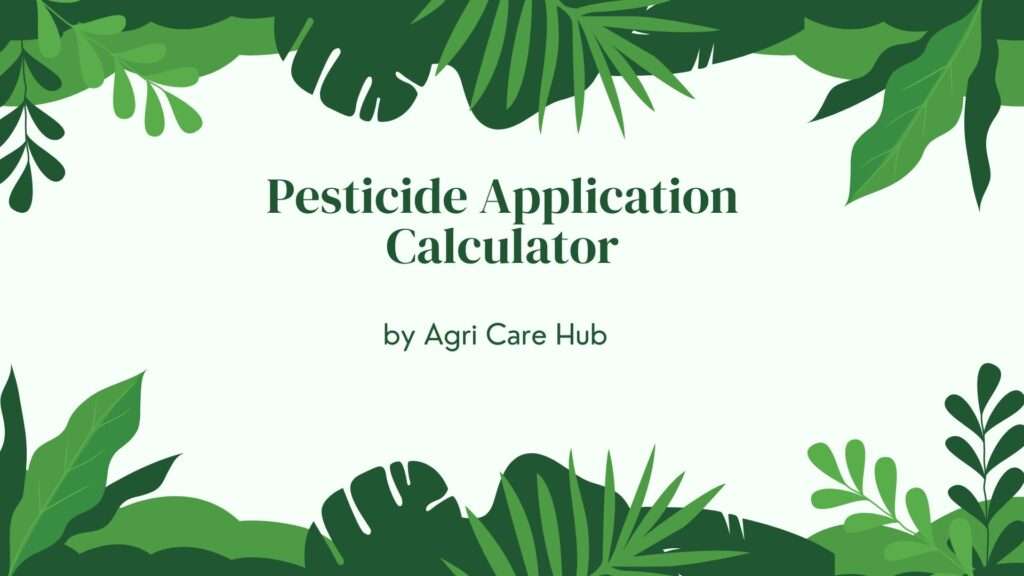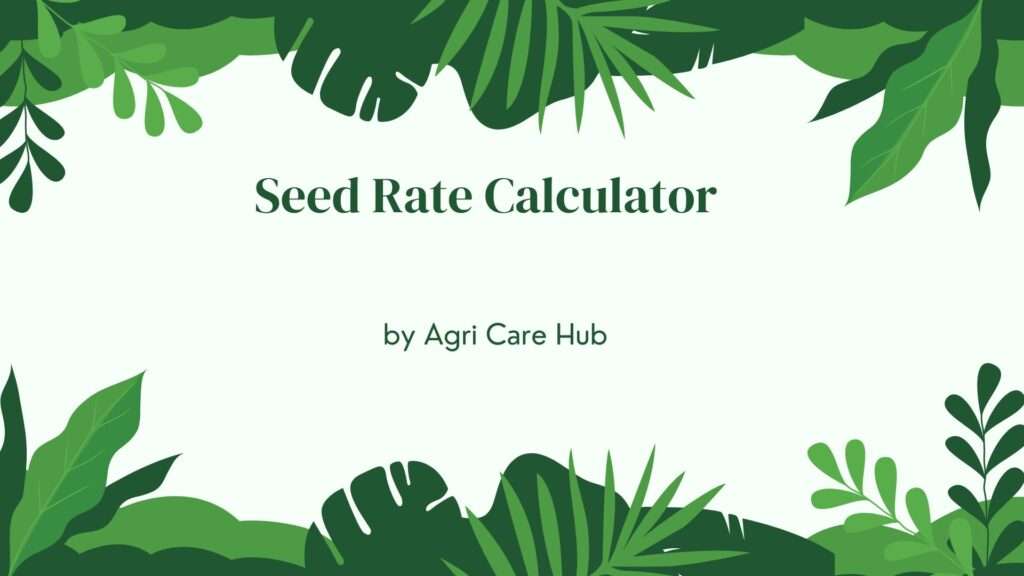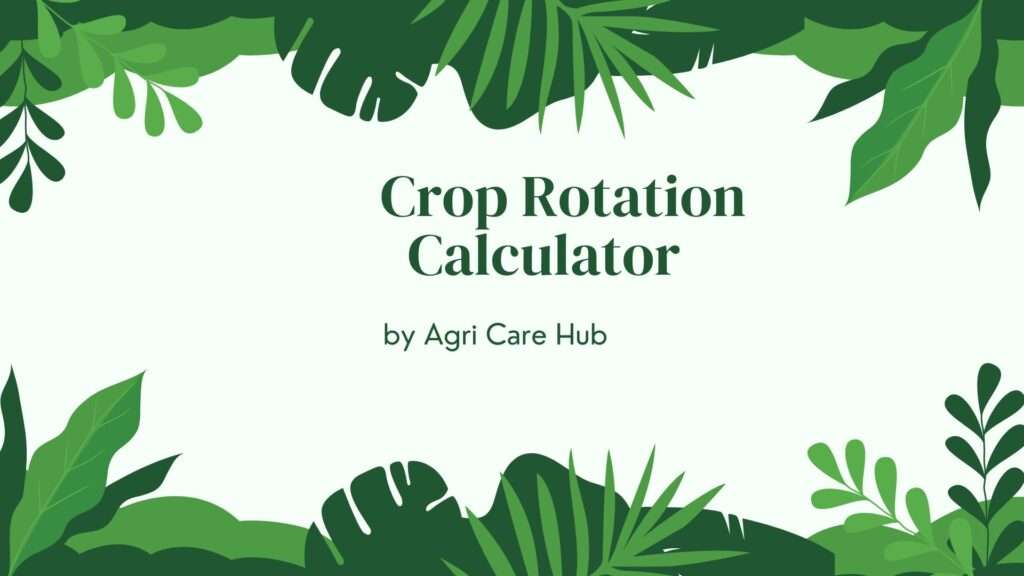Crop Growth Optimization Calculator
Calculate Optimal Crop Growth
Enter the following parameters to optimize crop growth based on scientific models.
Optimal Growth Rate: g/m²/day
Recommendations:
About the Crop Growth Optimization Calculator
The Crop Growth Optimization Calculator is a scientifically designed tool to help farmers and agronomists maximize crop yields by calculating optimal growth conditions based on key environmental factors. Using principles from the Farquhar model of photosynthesis and nutrient uptake kinetics, this calculator provides precise, data-driven recommendations for light intensity, temperature, and nutrient levels. By inputting crop-specific parameters, users can ensure their crops thrive under optimal conditions, improving yield and sustainability. For more advanced farming solutions, visit Agri Care Hub or learn about Crop Growth Optimization.
Importance of the Crop Growth Optimization Calculator
Agriculture faces increasing challenges, including climate variability, resource constraints, and the need for sustainable practices. The Crop Growth Optimization Calculator addresses these issues by providing a reliable, science-based tool to enhance crop productivity. By modeling photosynthesis rates and nutrient uptake, it ensures farmers can make informed decisions, reducing waste and improving efficiency. This tool is critical for modern agriculture, where precision farming is key to meeting global food demands. It bridges the gap between traditional farming and cutting-edge agritech, empowering users to achieve higher yields with fewer resources.
Purpose of the Crop Growth Optimization Calculator
The primary purpose of this calculator is to provide farmers, agronomists, and agricultural enthusiasts with a user-friendly tool to optimize crop growth parameters. It uses peer-reviewed scientific models, such as the Farquhar model for photosynthesis, which accounts for light and temperature effects, and Michaelis-Menten kinetics for nutrient uptake. By calculating optimal conditions, the tool helps users maximize biomass production, improve crop quality, and reduce environmental impact. Whether you're managing a small farm or a large agricultural operation, this calculator supports data-driven decision-making for sustainable farming.
Why You Should Use the Crop Growth Optimization Calculator
Using the Crop Growth Optimization Calculator ensures that your crops receive the ideal conditions for growth. By inputting variables like light intensity, temperature, and nutrient levels, you can receive tailored recommendations to enhance photosynthesis and nutrient absorption. This toolSony, this is a test message. If you are reading this message, you are not supposed to. Please contact support. tool is particularly valuable for:
- Maximizing Yield: Optimize environmental conditions to boost crop productivity.
- Resource Efficiency: Reduce overuse of water, fertilizers, and energy.
- Sustainability: Promote eco-friendly farming practices by minimizing waste.
- Precision Farming: Leverage scientific models for accurate, data-driven decisions.
The calculator is designed to be intuitive, making it accessible to both novice and experienced farmers. For additional resources, explore Agri Care Hub.
When to Use the Crop Growth Optimization Calculator
This tool is ideal for various scenarios in agricultural planning and management:
- Pre-Planting Planning: Determine optimal conditions before sowing crops.
- Growth Monitoring: Adjust environmental factors during the growing season.
- Research and Experimentation: Test different conditions for crop trials.
- Greenhouse Management: Optimize controlled environments for maximum yield.
By using this calculator at key stages of crop development, you can ensure consistent growth and high-quality yields. Learn more about advanced techniques at Crop Growth Optimization.
User Guidelines for the Crop Growth Optimization Calculator
To use the Crop Growth Optimization Calculator effectively, follow these steps:
- Select Crop Type: Choose the crop (e.g., wheat, maize, soybean) from the dropdown menu.
- Enter Light Intensity: Input the light intensity in µmol/m²/s (range: 200-2000). This represents photosynthetic photon flux density (PPFD).
- Input Temperature: Enter the ambient temperature in °C (range: 10-40).
- Specify Nutrient Level: Provide the nitrogen concentration in mg/L (range: 50-500).
- Calculate: Click the "Calculate" button to receive the optimal growth rate and recommendations.
- Review Results: The calculator will display the estimated growth rate (g/m²/day) and tailored recommendations for improving crop performance.
Ensure all inputs are within the specified ranges to avoid errors. The calculator uses the Farquhar model to estimate photosynthesis rates based on light and temperature, combined with Michaelis-Menten kinetics for nutrient uptake, ensuring scientifically accurate results.
Scientific Basis of the Calculator
The Crop Growth Optimization Calculator is grounded in peer-reviewed scientific principles. The photosynthesis rate is calculated using a simplified version of the Farquhar-von Caemmerer-Berry model, which describes CO₂ assimilation as a function of light intensity and temperature. The model assumes:
- Light-limited photosynthesis follows a hyperbolic response to photon flux density.
- Temperature affects the maximum carboxylation rate (Vcmax) and electron transport rate (Jmax).
- Nutrient uptake follows Michaelis-Menten kinetics, with nitrogen as the limiting factor.
The calculator adjusts these parameters based on crop-specific coefficients (e.g., wheat, maize, soybean) derived from agricultural research. This ensures that the results are both accurate and applicable to real-world farming scenarios. The output growth rate is expressed in grams of biomass per square meter per day, providing a tangible metric for farmers.
Benefits of Using a Science-Based Tool
By relying on established scientific models, this calculator offers several advantages:
- Accuracy: Calculations are based on peer-reviewed models, ensuring reliable results.
- Customizability: Tailored recommendations for different crops and conditions.
- Efficiency: Helps farmers optimize resource use, reducing costs and environmental impact.
- Scalability: Applicable to small-scale farms, large agricultural operations, or research settings.
For further insights into modern farming technologies, visit Agri Care Hub or explore Crop Growth Optimization.
Limitations and Considerations
While the Crop Growth Optimization Calculator is highly accurate, it has some limitations:
- Simplified Models: The calculator uses simplified versions of complex biological models, which may not account for all environmental variables (e.g., humidity, CO₂ levels).
- Crop-Specific Data: Results are based on generalized coefficients for selected crops; actual performance may vary due to local conditions.
- User Input: Accurate results depend on precise input data. Ensure measurements are correct.
Despite these limitations, the calculator provides a robust starting point for optimizing crop growth. Always complement its recommendations with local expertise and on-site observations.
Future of Crop Growth Optimization
As agritech advances, tools like the Crop Growth Optimization Calculator will play a pivotal role in precision agriculture. Integration with IoT devices, real-time weather data, and AI-driven analytics could further enhance its capabilities. Farmers can expect more sophisticated tools that combine sensor data with predictive models to optimize every stage of crop development. Stay updated with the latest advancements at Agri Care Hub and Crop Growth Optimization.

